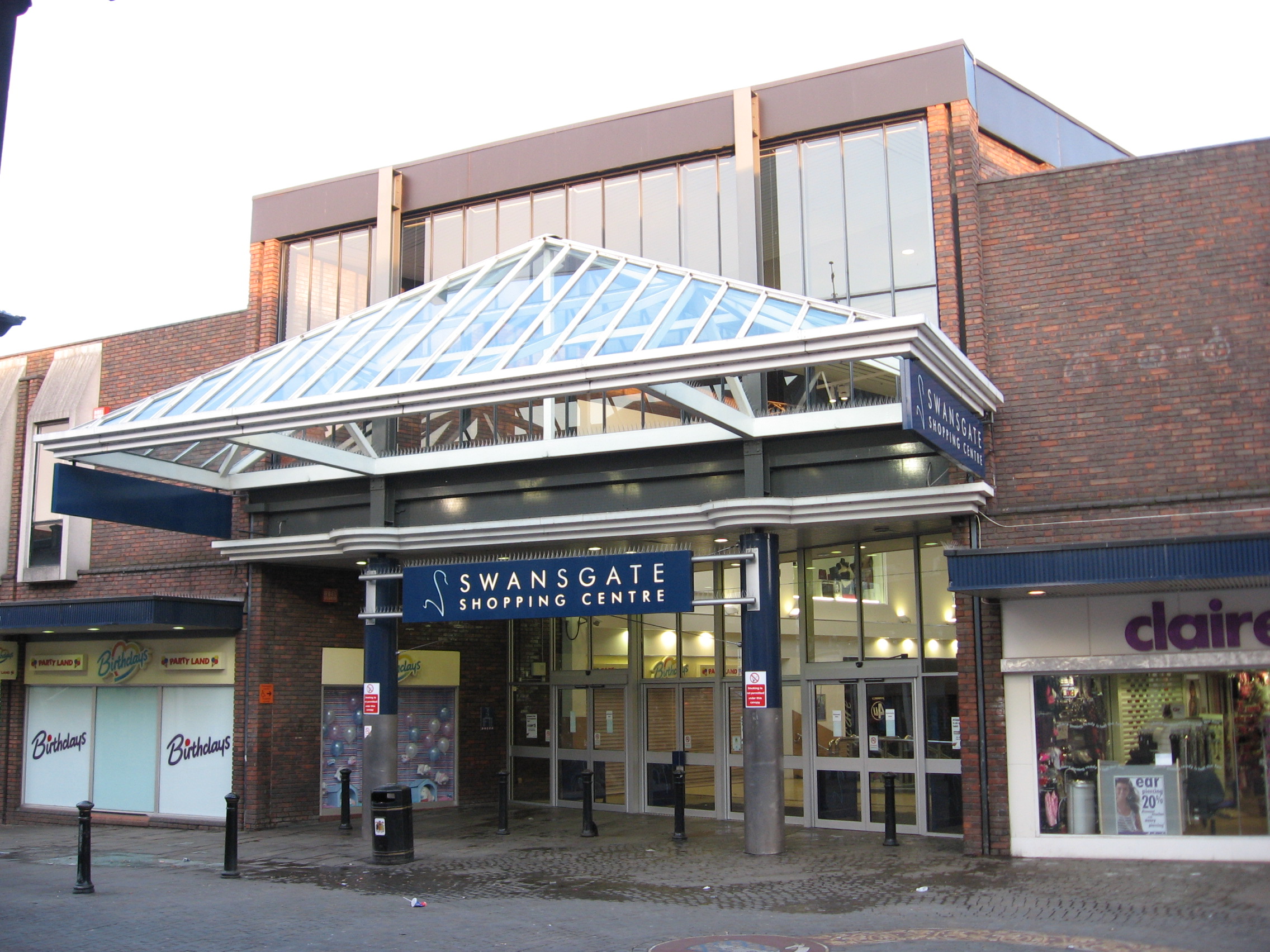|
Swanspool Lake
Swanspool Lake is a lake in the southern part of Wellingborough, Northamptonshire, England. Situated south west of Croyland Park, the lake is a nesting ground for mute swans The mute swan (''Cygnus olor'') is a species of swan and a member of the waterfowl family Anatidae. It is native to much of Eurasia, and (as a rare winter visitor) the far north of Africa. It is an introduced species in North America, home to ... and other wildlife and is a popular fishing and angling destination. References Lakes of Northamptonshire Wellingborough {{UK-lake-stub ... [...More Info...] [...Related Items...] OR: [Wikipedia] [Google] [Baidu] |
Swanspool Brook
The River Ise is a river in Northamptonshire, England and a tributary of the River Nene. The river rises in a field that was part of the site of the Battle of Naseby in north-western Northamptonshire. The parish of Naseby lies across a watershed from which streams also flow to the rivers Avon and Nene. It flows east past Desborough and the Eleanor cross at Geddington, then through the grounds of Rushton Hall, before turning south and passing through the parkland of Boughton House where it was extensively canalised and landscaped in the late 17th century. It then flows between Kettering and Barton Seagrave where its valley was excavated during the creation of Wicksteed Park to provide a large lake for public amenity use. It finishes its journey by flowing past Burton Latimer and Finedon, joining the Nene just south of Wellingborough. Fishing on the Ise The Ise contains many varieties of coarse and game fish, including roach, perch, barbel, rudd, common dace and chub. It is al ... [...More Info...] [...Related Items...] OR: [Wikipedia] [Google] [Baidu] |
Wellingborough
Wellingborough ( ) is a market town in the North Northamptonshire, Unitary Authority area, England, from London and from Northampton, north of the River Nene. Originally named "Wendelingburgh" (the stronghold of Wændel's people), the Anglo-Saxon settlement is mentioned in the Domesday Book of 1086 as "Wendelburie". The town's market was granted a royal charter in 1201 by John of England, King John. At the 2021 census, it had a population of 56,564. The built-up area also includes suburbs Wilby, Northamptonshire, Wilby, Great Doddington, Little Irchester, Redhill Grange, Stanton Cross, Waendel View and Glenvale Park. History The town was established in the History of Anglo-Saxon England, Anglo-Saxon period and was called "Wendelingburgh". It is surrounded by five wells: Redwell, Hemmingwell, Witche's Well, Lady's Well and Whytewell, which appear on its coat of arms. Henrietta Maria, the Queen Consort of King Charles I of England, Charles I, came with her physician Théodor ... [...More Info...] [...Related Items...] OR: [Wikipedia] [Google] [Baidu] |
Croyland Park
Crowland (modern usage) or Croyland (medieval era name and the one still in ecclesiastical use; cf. ) is a town and civil parish in the South Holland district of Lincolnshire, England. It is situated between Peterborough and Spalding. Crowland contains two sites of historical interest, Crowland Abbey and Trinity Bridge. History The town's two historical points of interest are the ruined medieval Crowland Abbey and the 14th-century three-sided bridge, Trinity Bridge, which stands at its central point and once spanned the divergence of the River Welland and a distributary. In about 701, a monk named Guthlac came to what was then an island in the Fens to live the life of a hermit. Following in Guthlac's footsteps, a monastic community came into being here, which was dedicated to Saint Mary the Virgin, Saint Bartholomew and Saint Guthlac in the 8th century. The place-name 'Crowland' is first attested circa 745 AD in the ''Vita S. Guthlaci auctore Felice'', reprinted in the ... [...More Info...] [...Related Items...] OR: [Wikipedia] [Google] [Baidu] |
Mute Swan
The mute swan (''Cygnus olor'') is a species of swan and a member of the waterfowl family Anatidae. It is native to much of Eurasia, and (as a rare winter visitor) the far north of Africa. It is an introduced species in North America, home to the largest populations outside of its native range, with additional smaller introductions in Australasia and southern Africa. The name "mute" derives from it being less vocal than other swan species. Measuring in length, this large swan is wholly white in plumage with an orange beak bordered with black. It is recognisable by its pronounced knob atop the beak, which is larger in males. Taxonomy The mute swan was first formally named by the German naturalist Johann Friedrich Gmelin as ''Anas olor'' in 1789 and was transferred by Johann Matthäus Bechstein to the new genus ''Cygnus'' in 1803. Both ''cygnus'' and ''olor'' mean "swan" in Latin; ''cygnus'' is a variant form of ''cycnus'', borrowing from Greek language, Greek ''kyknos'', a wor ... [...More Info...] [...Related Items...] OR: [Wikipedia] [Google] [Baidu] |
Lakes Of Northamptonshire
A lake is often a naturally occurring, relatively large and fixed body of water on or near the Earth's surface. It is localized in a depression (geology), basin or interconnected basins surrounded by dry land. Lakes lie completely on land and are separate from the ocean, although they may be connected with the ocean by rivers. Lakes, as with other bodies of water, are part of the water cycle, the processes by which water moves around the Earth. Most lakes are fresh water and account for almost all the world's surface freshwater, but some are salt lakes with salinities even higher than that of seawater. Lakes vary significantly in surface area and volume of water. Lakes are typically larger and deeper than ponds, which are also water-filled basins on land, although there are no official definitions or scientific criteria distinguishing the two. Lakes are also distinct from lagoons, which are generally shallow tidal pools dammed by sandbars or other material at coastal regions ... [...More Info...] [...Related Items...] OR: [Wikipedia] [Google] [Baidu] |


